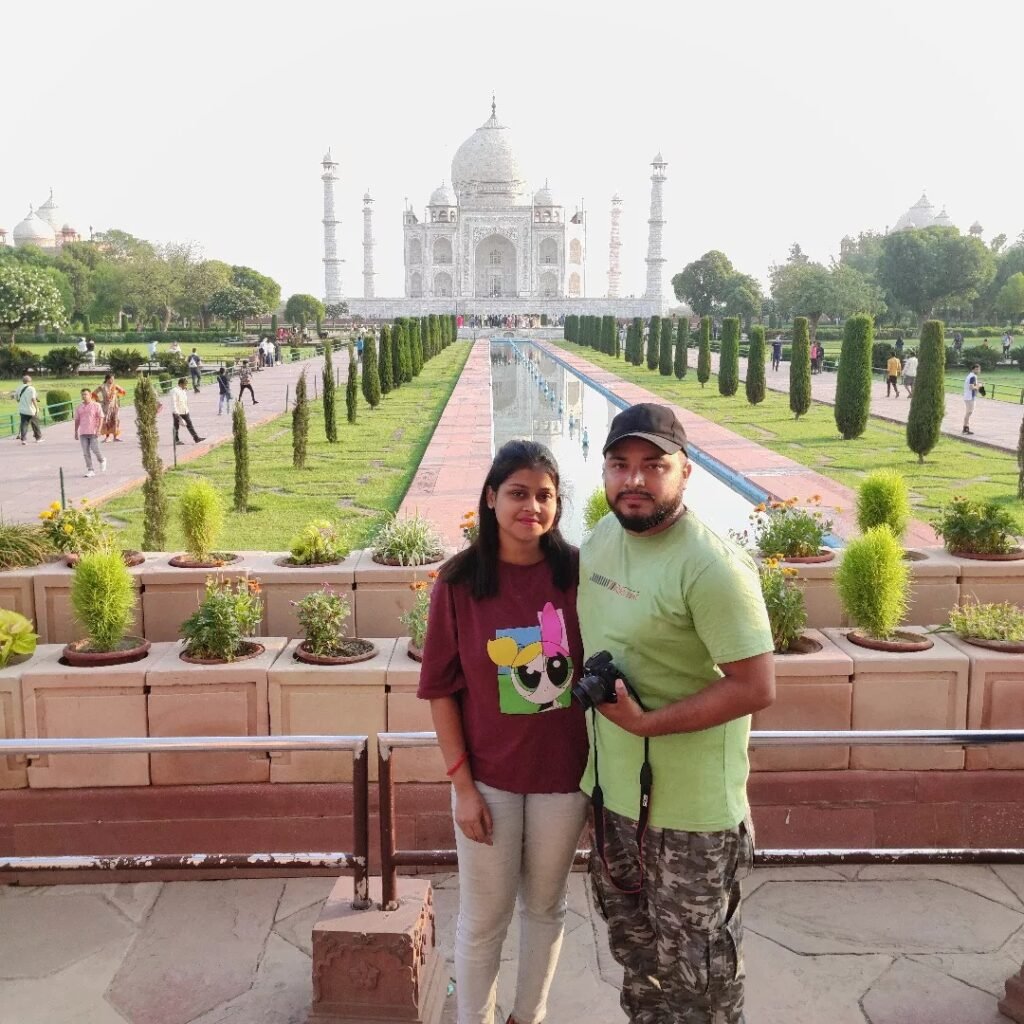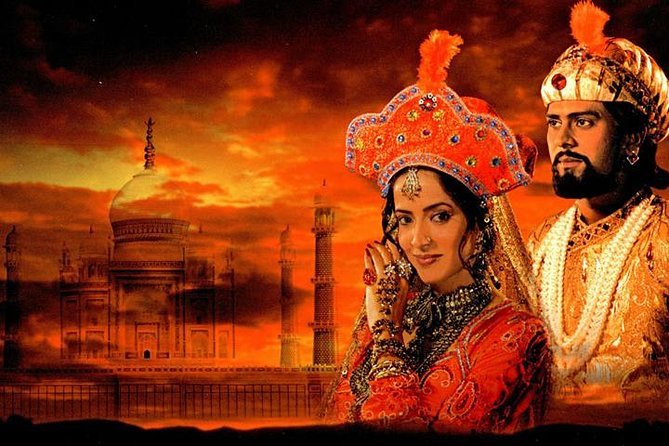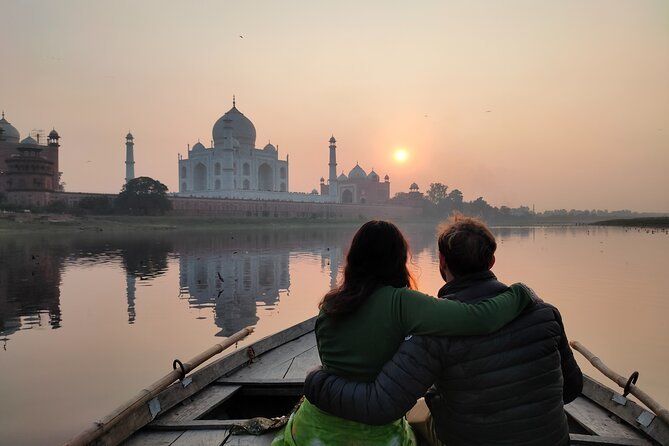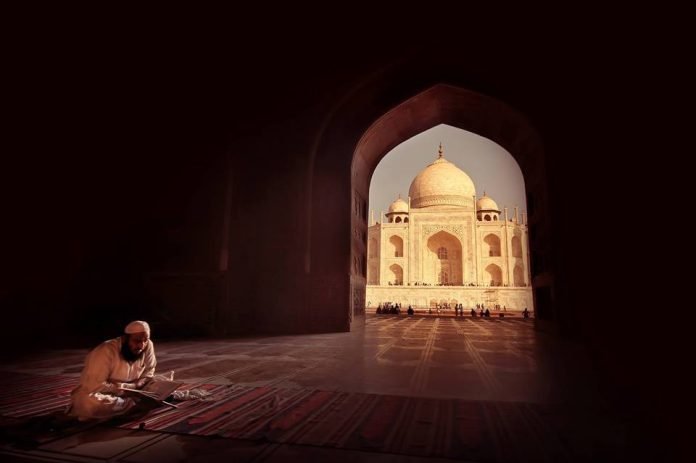Mumtaz Mahal, the wife of Mughal Emperor Shah Jahan, is believed to have died during childbirth on June 17, 1631. She was giving birth to her fourteenth child. The specific cause of her death is not definitively recorded, but it’s commonly believed to have been due to complications during childbirth or postpartum complications.
Also you like to read Taj Mahal History and Facts: A Comprehensive Guide
Mumtaz Mahal: A Journey Through History and Love

Delhi Agra one day tour by Car – Book with Local Expert From ₹ 6,500
Delhi Agra one day tour by Car Inclusive of neat and clean Car with Experienced Driver + Local Live Guide on Additional cost – Check Out More!
View DetailsMumtaz Mahal is a figure deeply ingrained in the annals of history, not only for her connection to the iconic Taj Mahal but also for her profound impact on the life of the Mughal Emperor Shah Jahan. In this exploration, we delve into the life and legacy of Mumtaz Mahal, from her birth to her untimely death, her relationship with Shah Jahan, and the enduring symbol of love that she inspired.
Mumtaz Mahal’s Real Name and Early Life
Mumtaz Mahal’s birth name was Arjumand Banu Begum. She was born on April 27, 1593, in Agra, India, during the reign of Emperor Akbar. Arjumand was the daughter of Asaf Khan, a high-ranking noble in the Mughal court, and his wife, Diwanji Begum. Asaf Khan held significant influence in the Mughal court and was later to play a crucial role in the life of his daughter.
“Mumtaz Mahal’s birth name was Arjumand Banu Begum. She was born on April 27, 1593, in Agra, India, during the reign of Emperor Akbar.”
From a young age, Arjumand was known for her beauty, grace, and intelligence. She received an excellent education, which was uncommon for women of her time and social status. Her upbringing in the opulent surroundings of the Mughal court prepared her for the life of grandeur and responsibility that lay ahead.
Mumtaz Mahal’s Family and Marriage to Shah Jahan
At the age of 19, Arjumand was betrothed to Prince Khurram, the third son of Emperor Jahangir, who would later become known as Shah Jahan. The union between Arjumand and Khurram was not merely a political alliance but also a match of deep love and affection. They were married on May 10, 1612, in a lavish ceremony that solidified their bond and marked the beginning of a remarkable partnership.

Arjumand’s marriage to Shah Jahan marked the start of a new chapter in her life. She became an integral part of the Mughal court, accompanying her husband on his military campaigns and diplomatic missions. Despite her role as the wife of the future emperor, Arjumand remained humble and devoted to her family and people.
Mumtaz Mahal’s Role as Empress and Philanthropist
As Empress of the Mughal Empire, Mumtaz Mahal played a crucial role in shaping the cultural and social landscape of the time. She was not merely a symbol of beauty and grace but also a patron of the arts, literature, and architecture. Mumtaz Mahal was known for her benevolence and compassion towards the less fortunate, often providing support and assistance to the needy through various charitable initiatives.
One of Mumtaz Mahal’s most significant contributions was her advocacy for the welfare of women and children. She championed causes related to maternal health, education, and empowerment, seeking to improve the lives of women across the empire. Mumtaz Mahal’s philanthropic endeavors endeared her to the people and cemented her reputation as a beloved and revered figure.
Mumtaz Mahal’s Sister and Family Connections
Mumtaz Mahal had several siblings, including her sister, Parwar Khanum. Parwar Khanum was married to Shah Jahan’s brother, Prince Shahryar, further strengthening the familial ties between Mumtaz Mahal and the imperial household. The relationship between the two sisters was said to be close and supportive, with Parwar Khanum often accompanying Mumtaz Mahal on her travels and engagements.
Additionally, Mumtaz Mahal’s father, Asaf Khan, held significant influence in the Mughal court, serving as the Prime Minister and chief advisor to Emperor Jahangir. Asaf Khan’s position further solidified Mumtaz Mahal’s standing within the imperial hierarchy and ensured that she remained a prominent figure in courtly affairs.
Mumtaz Mahal’s Tomb and the Taj Mahal
Tragically, Mumtaz Mahal’s life was cut short on June 17, 1631, during the birth of her fourteenth child. She suffered complications during childbirth, leading to her untimely death at the age of 38. Mumtaz Mahal’s passing plunged Shah Jahan into deep grief, leaving him heartbroken and inconsolable.
In the wake of Mumtaz Mahal’s death, Shah Jahan was determined to immortalize her memory in a befitting manner. He commissioned the construction of a magnificent mausoleum in her honor, which would come to be known as the Taj Mahal. Designed by renowned architects and artisans from across the empire, the Taj Mahal stands as a testament to Shah Jahan’s enduring love for Mumtaz Mahal and his desire to create a lasting symbol of their bond.

Constructed over a period of twenty-two years, the Taj Mahal is widely regarded as one of the most beautiful and iconic structures in the world. Its stunning architecture, intricate marble carvings, and lush gardens attract millions of visitors each year, all drawn by the timeless story of love and devotion that it represents.
Shah Jahan’s Love Story with Mumtaz Mahal
The love story of Shah Jahan and Mumtaz Mahal is one of the most celebrated romances in history. Their union was characterized by mutual respect, admiration, and affection, transcending the boundaries of politics and power. Shah Jahan’s deep love for Mumtaz Mahal was evident in his actions and words, as he spared no expense in honoring her memory and immortalizing her legacy.
From the moment they met, Shah Jahan was captivated by Mumtaz Mahal’s beauty and grace. He showered her with lavish gifts, built magnificent palaces in her honor, and sought her counsel on matters of state. Mumtaz Mahal, in turn, supported Shah Jahan in his endeavors and stood by his side through triumphs and tribulations.
Their love story reached its pinnacle with the construction of the Taj Mahal, a monumental tribute to their enduring bond. Shah Jahan spared no expense in creating a masterpiece that would stand as a testament to his love for Mumtaz Mahal, ensuring that her memory would live on for eternity.
Conclusion
In conclusion, Mumtaz Mahal’s life and legacy are intertwined with the history of the Mughal Empire and the enduring symbol of love that is the Taj Mahal. From her humble beginnings as Arjumand Banu Begum to her reign as Empress Mumtaz Mahal, she left an indelible mark on the hearts and minds of people across the world.
Mumtaz Mahal’s untimely death may have cut short her time on earth, but her memory continues to inspire generations with its timeless message of love, devotion, and sacrifice. As visitors from all corners of the globe flock to the Taj Mahal to marvel at its beauty and grandeur, they are reminded of the enduring power of love to transcend time and space.
Through her life, Mumtaz Mahal embodied the values of compassion, generosity, and resilience, leaving behind a legacy that continues to resonate with people of all backgrounds. Her story serves as a reminder that true love knows no bounds and that even in the face of adversity, the bonds of affection and devotion can endure for eternity.
Also you like to read How many days should you stay in Agra to see all the sights?
Mumtaz Mahal’s dying request was for Shah Jahan to fulfill four promises: to build the Taj Mahal as a symbol of their love, to marry again, to be kind to their children, and to visit her tomb annually.
Mumtaz Mahal’s cause of death was likely due to complications during childbirth, as she passed away while giving birth to her fourteenth child. The strain of multiple pregnancies and childbirths likely contributed to her untimely demise at the age of 38. Despite the lack of precise medical records from that time, historical accounts suggest that maternal complications were the primary reason for Mumtaz Mahal’s death.
Shah Jahan, the Mughal Emperor renowned for building the Taj Mahal, had several wives throughout his life. However, his most famous and beloved wife was Mumtaz Mahal, for whom he built the iconic mausoleum. While the exact number of Shah Jahan’s wives is not definitively recorded, historical records suggest he had multiple wives, as was common among Mughal rulers of the time.
After Mumtaz Mahal’s death, Shah Jahan was devastated and plunged into deep grief. He mourned her loss intensely and withdrew from public life for a period of time. Eventually, he commissioned the construction of the Taj Mahal as a grand tribute to her memory, symbolizing his enduring love and devotion.
No, Shah Jahan is not buried in the Taj Mahal. While he commissioned the construction of the Taj Mahal as a mausoleum for his beloved wife Mumtaz Mahal, Shah Jahan himself was buried beside her, but in a separate tomb in the Taj Mahal complex. His tomb is located to the left of Mumtaz Mahal’s, reflecting the symmetry of the Taj Mahal’s design.
Mumtaz Mahal’s marriage to Shah Jahan in 1612 marked the beginning of a legendary love story. As Empress of the Mughal Empire, she played a pivotal role in court affairs and was known for her philanthropy and compassion. Tragically, Mumtaz Mahal passed away on June 17, 1631, during childbirth, leaving Shah Jahan devastated. In her memory, Shah Jahan commissioned the construction of the Taj Mahal, one of the most iconic symbols of love and architecture in the world.
The Taj Mahal, completed in 1653, stands as a breathtaking mausoleum dedicated to Mumtaz Mahal’s memory. Its stunning architecture, intricate marble carvings, and lush gardens attract millions of visitors annually, drawn by the enduring love story of Shah Jahan and Mumtaz Mahal. Mumtaz Mahal’s legacy lives on not only through the Taj Mahal but also through her contributions to the Mughal Empire and her enduring impact on history as a symbol of love and devotion.
Explore the intriguing story behind Mumtaz Mahal’s untimely demise and unravel the mysteries surrounding her death. Delve into historical accounts and expert analysis to gain a deeper understanding of the factors contributing to this tragic event. Join us in uncovering the truth and honoring the legacy of Mumtaz Mahal. Start your journey of discovery today!
#MumtazMahal #TajMahal #ShahJahan #MughalEmpire #LoveStory #Architecture #History #SymbolOfLove #Empress #Philanthropy #Agra #India #UntimelyDemise #HistoricalMysteries #Legacy #HistoricalAnalysis #MughalEmpire #TragicEvent #HistoricalAccounts #ExpertAnalysis #TruthUncovered #HonoringLegacy
https://alamgirtajmahalguide.com/mumtaz-mahal-cause-of-death/





























